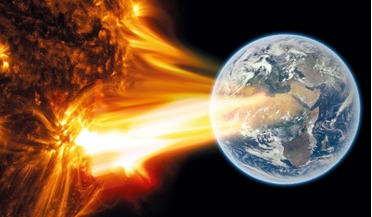 January 2019
Saving humanity – is space up to the job?
January 2019
Saving humanity – is space up to the job?
... Age 2.0 is about stretching our imaginations to give the human race new hope and realise our potential. The fundamental question is whether we are up to the challenge of achieving the potential that is now possible within Space Age 2.0. A magnetic...
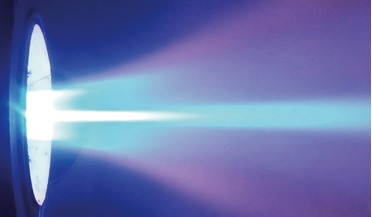 October 2020
Superconductors - key to unlocking high power space missions
October 2020
Superconductors - key to unlocking high power space missions
... ‘high-temperature superconductors’ (HTS), and their ability to operate at such temperatures drastically reduces the challenges and requirements of the cryogenic systems needed to keep them at operational temperatures. Furthermore, HTS have achieved...
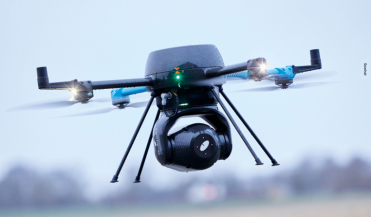 October 2023
Using drones to test phased array antennas
October 2023
Using drones to test phased array antennas
... simulation, performs an evaluation. This is of course much easier, but the challenge here is that it relies on an assumption, rather than being able to see the real behaviour of the antenna under test. Can drones help? There is a growing demand for...
 November 2025
Unlocking the secrets of Europa
November 2025
Unlocking the secrets of Europa
.... In this article, she shares insights into the mission’s objectives, the challenges of deep space exploration, and the quest to determine whether Europa could support life. Astrobiology studies the origin, evolution, distribution and future of life...
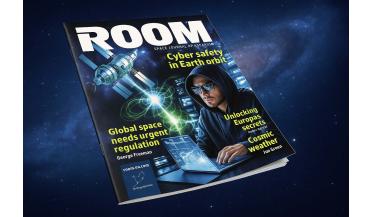 24 September 2025
Cybersecurity, cosmic weather and Europa’s secrets
24 September 2025
Cybersecurity, cosmic weather and Europa’s secrets
... adequacy of international liability frameworks. Meanwhile, Stephen Carr-Baugh explores the challenges of regulating high-altitude platforms that operate in the poorly defined zone between aviation and outer space. Other features look outward across...
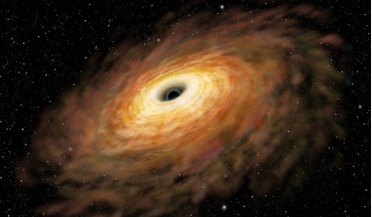 02 December 2019
"Impossible" black hole found in our Galaxy
02 December 2019
"Impossible" black hole found in our Galaxy
... leave behind such a massive remnant. LB-1 is twice as massive as what we thought possible. Now theorists will have to take up the challenge of explaining its formation." Until just a few years ago, stellar black holes could only be discovered when...